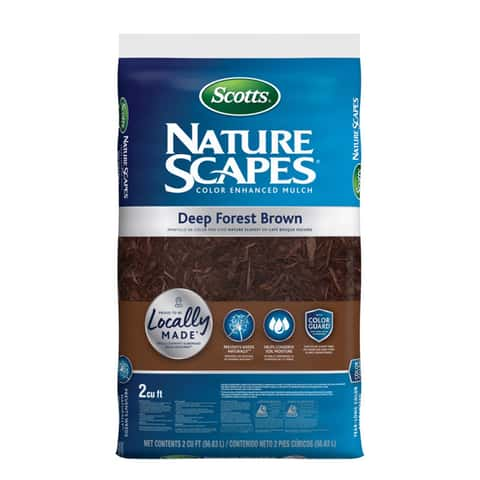Managing indoor temperature effectively is essential for comfort and productivity. Modern window air conditioners have been designed to provide rapid cooling or heating, making them ideal for homes and offices. These units are built with advanced technology that helps adjust the room temperature quickly and efficiently. Unlike older models, modern designs focus on energy efficiency, ease of use, and powerful performance. They can cool or heat a room in minutes, giving users instant relief from extreme temperatures. With features like precise temperature control and smart sensors, these air conditioners offer a better user experience and energy savings.
Modern window air conditioners are a great choice for quick and effective temperature control. Their design improvements make them stand out from traditional units, delivering comfort with less wait time. Here’s how these air conditioners help you experience fast temperature control:
- Powerful Cooling and Heating: Modern units come with enhanced compressors and fans that increase airflow and cooling speed. This means they can lower or raise the room temperature faster than older models.
- Precise Temperature Settings: Many window air conditioners now offer digital thermostats that maintain the exact temperature you want. Once set, the unit automatically adjusts power to keep the room comfortable without constant manual changes.
- Smart Sensors: Advanced sensors detect room temperature and occupancy. These sensors help the air conditioner work only when needed, speeding up temperature control and saving energy.

- Improved Airflow Design: Newer units have optimized vents and fan blades that spread air evenly across the room. This ensures quicker distribution of cool or warm air, reducing hot or cold spots.
- Energy Efficiency: Modern designs use energy-saving technologies such as inverter compressors. These adjust the motor speed to match cooling needs, which leads to faster temperature adjustment with less electricity use.
- User-Friendly Controls: Easy-to-use remote controls and digital displays allow quick adjustments without hassle. Some models even connect to mobile apps for control from anywhere.
- Compact and Stylish: Contemporary window air conditioners are designed to fit seamlessly into windows without blocking the view or requiring extra space. Their sleek look also blends well with modern interiors.
Benefits of Quick Temperature Control:
- Immediate Comfort: Whether it is a hot summer day or a chilly night, you do not have to wait long to feel comfortable.
- Reduced Energy Waste: Faster cooling or heating means the unit runs less overall, cutting down energy bills.
- Better Air Quality: Many modern units include filters that clean the air while cooling or heating, helping reduce dust and allergens.
- Convenience: Smart features and precise control make it simple to maintain a steady temperature without constant adjustments.
When choosing a window ac unit for quick temperature control, consider the size of the room and cooling or heating capacity. Proper installation is also key to achieving the best performance. Make sure the unit fits well in the window and seals properly to avoid air leaks. To sum up, modern window air conditioner designs offer fast and efficient temperature control through advanced technology and user-friendly features. These units ensure a comfortable indoor environment quickly while keeping energy use low. Whether for home or office, investing in a modern window air conditioner means enjoying immediate relief from heat or cold whenever needed.









 Another significant advantage of
Another significant advantage of 
